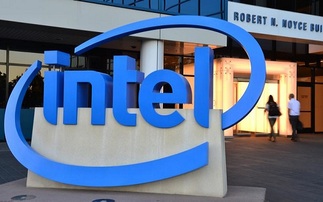Power-saving technology, better graphics, easier manageability and more wireless support feature in Intel's latest plans for laptops
Intel has detailed its mobile technology roadmap. It unveiled specifications for the next version of its Centrino platform and demonstrated a new Ultra Mobile PC design that Intel said will bring l...
To continue reading this article...
Join Computing
- Unlimited access to real-time news, analysis and opinion from the technology industry
- Receive important and breaking news in our daily newsletter
- Be the first to hear about our events and awards programmes
- Join live member only interviews with IT leaders at the ‘IT Lounge’; your chance to ask your burning tech questions and have them answered
- Access to the Computing Delta hub providing market intelligence and research
- Receive our members-only newsletter with exclusive opinion pieces from senior IT Leaders

















